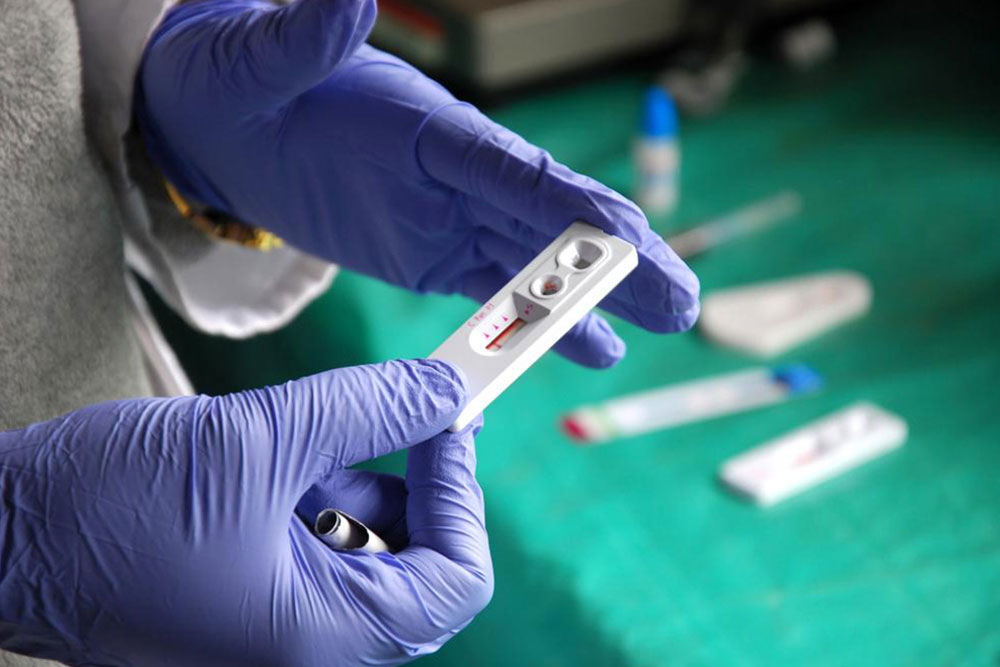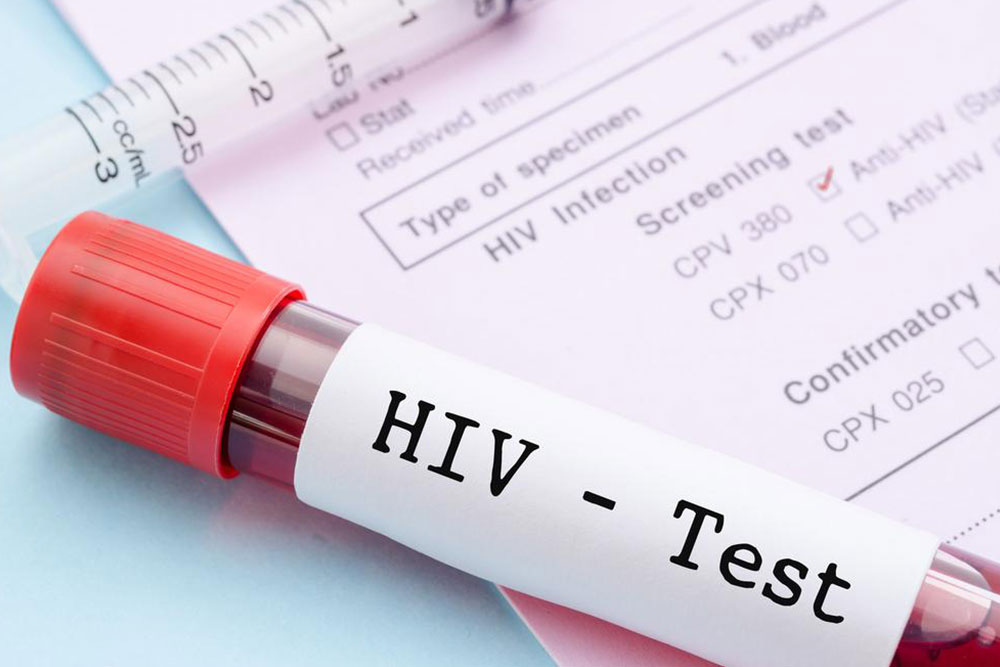Understanding HIV Testing and Management Strategies
This article offers a comprehensive overview of HIV testing methods and treatment options. It emphasizes the importance of early detection, different testing techniques like antibody and nucleic acid tests, and how prompt treatment can manage the virus effectively. The guide also explains how doctors assess the disease stage using CD4 counts and viral load tests to tailor appropriate therapy. Accessible free testing services help people get screened early, preventing progression to AIDS and leading healthier lives.

Understanding HIV Testing and Management Strategies
HIV, the human immunodeficiency virus, targets and damages the immune system by primarily infecting CD4 cells, which are vital for fighting infections. The progression of HIV occurs in three stages, with AIDS being the final phase. Thanks to effective treatment options, it can take many years for HIV to advance to AIDS. Early diagnosis through testing and immediate treatment are crucial in controlling the virus and maintaining a healthy life. Many free testing centers make it accessible to get screened and start treatment promptly.
HIV Testing Methods
Various screening tests are available to detect HIV infection.
Some common testing methods include:
Antibody tests identify HIV antibodies, proteins produced by the immune system in response to infection. These are the most popular tests, although they may take up to 12 weeks after exposure for antibodies to be detectable. HIV test kits for home use are also available.
Combination tests detect both antibodies and antigens (viral particles), with a detection window of approximately 26 weeks.
Nucleic acid tests (NATs) analyze blood samples directly for the virus, providing rapid confirmation within about 7 days to a month. However, NATs tend to be costly and are typically reserved for confirmatory purposes rather than routine screening.
HIV Treatment Process
Following a positive test result, doctors often order confirmatory tests. This is standard practice to ensure accuracy. If diagnosed with HIV, additional tests help determine the disease stage. A CD4 count measures immune cell levels; a count below 200 signals a progression to AIDS, even without symptoms. Viral load testing assesses the amount of virus present, guiding treatment plans. Blood tests for drug resistance help determine if the virus resists specific medications, enabling personalized therapy to effectively suppress the virus.










